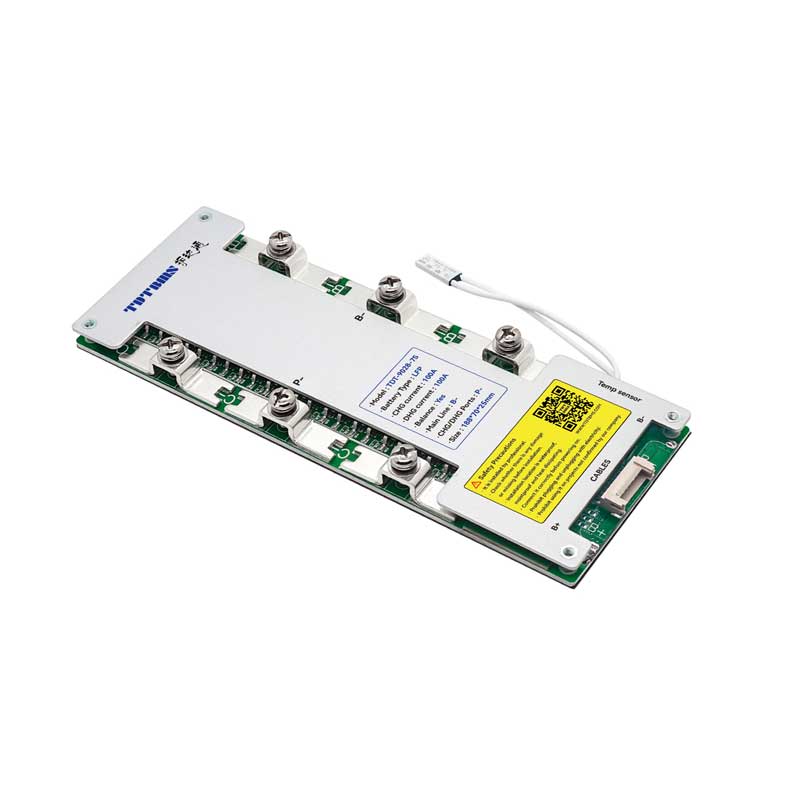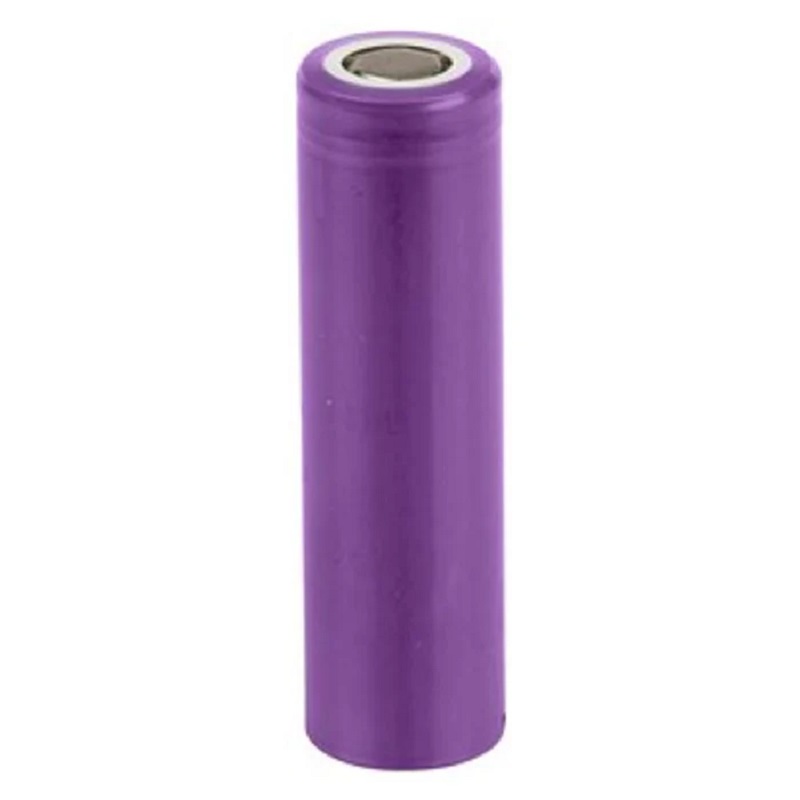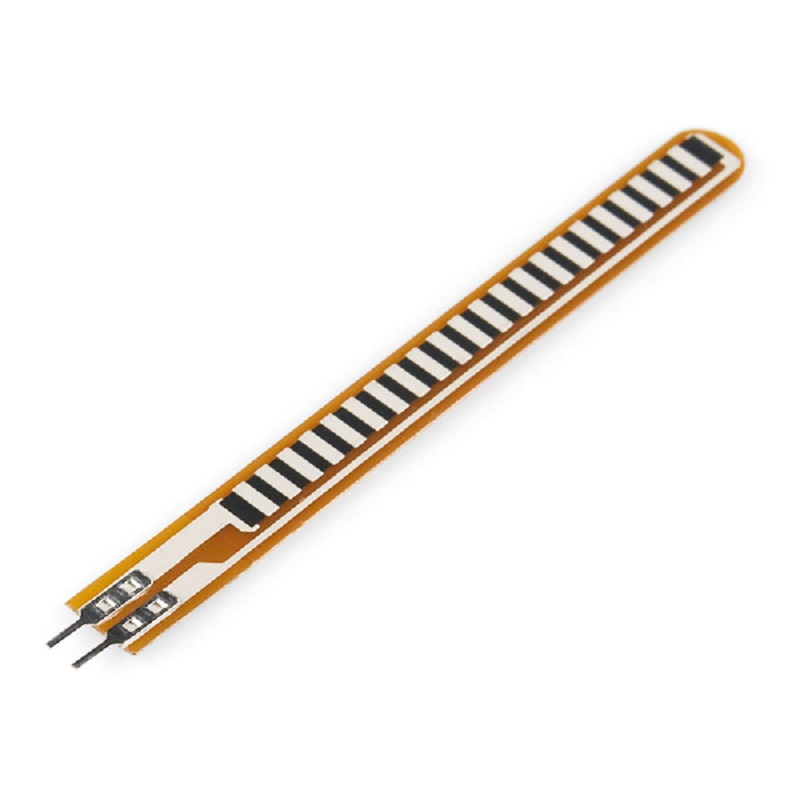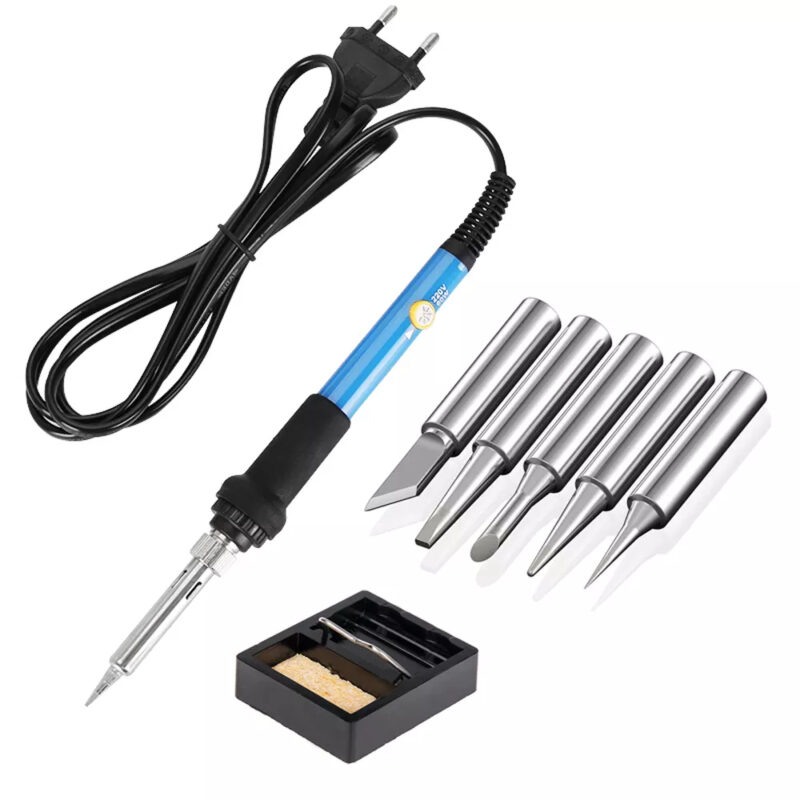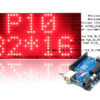Transformerless AC – Dc power supply is a type of power supply circuits that doesn’t require a transformer to step down the normally high household AC line. There are generally two types of transformerless power supply circuits. Capacitive and Resistive tranformersless power supply. Capacitive type is more efficient since its heat dissipation and power loss are very low. Resistive type on the other hand dissipates more heat, so the power loss is quite high.
One of the disadvantages of tranformerless power supplies is that they don’t produce outputs with large currents. Hence, the first thing to consider before going for a tranformerless power supply is the current requirement of your circuit. Transformerless power supplies are much suitable for circuits that draws little current, maybe few milli-amperes. For examples, LED stripes or microcontroller circuits. And talking about microcontrollers, they are very delicate so if you are using a tranformerless power supply to power your microcontroller based circuit, you have to be careful since little surge in the AC line may destroy them.
Capacitive transformerless AC-DC power supply
In this type, a large (X-rated) capacitor is used step down the high AC household line voltage to a more manageable voltage. The voltage specification of this capacitor is selected such that its RMS peak voltage rating is much higher than the peak of the AC mains voltage in order to ensure safe functioning of the capacitor. During operation, the reactance of the capacitor restricts the mains AC line current from exceeding a specific level, depending on the value of the capacitor. Although the current is restricted to a certain level, the voltage is not. The higher the value of the current dropping capacitor, the more current the power supply will deliver. The current flowing through the dropping capacitor C depends on its reactance, and the value of the current passing through the capacitor is represented as: IRMS = VIN /X.
Schematic diagrams of capacitive transformerless AC-DC power supply


Ok, I think I should also bring to you another design of full-wave capacitive transformerless power supply. The original circuit was designed by Swagtam and I only presented it here because I like his design. Here we go.

What I like about this circuit is how he introduced few components to make the output stable for driving LED stripe. I think that’s the requirement anyway. But it can still be used to drive any other circuit other than LEDs.
Table I below gives values of capacitors and output currents for capacitive power supply.
| Capacitor value | Current in mA (Approximate) |
| 0.15uF or written “154” | 10 |
| 0.22uF or written “224” | 15 |
| 0.47uF or written “474” | 35 |
| 0.65uF or written “654” | 50 |
| 1uF or written “105” | 75 |
| 1.4uF or written “145” | 100 |
| 2.2uF or written “225” | 160 |
Resistive transformerless AC – DC power supply
In this type, a large wattage resistor is used to step down the high AC household line current to a more manageable level. a resistive power supply uses the property of resistance to limit the current. As with the capacitive type, the output voltage will remain stable as long as the output current is less or equal to the input current. Resistive transformerless AC – DC power supply is cost-effective and requires less space for its accommodation. But there is a lot of power loss through heat. Hence, it is less efficient compared to a capacitive power supply.
Since a resistor is used to drop the household mains voltage and current, power rating of the resistor is very important to avoid burning out.
Schematic diagrams of resistive transformerless AC – DC power supply


Table II below gives values of Resistors and Zener diodes for Resistive power supply.
| 15K | 3.1V | 3V |
| 12K | 5.1V | 5V |
| 12K | 6V | 6V |
| 10K | 9.1V | 9V |
| 10K | 12V | 12V |
| 10K | 15V | 15V |
| 10K | 18V | 18V |
| 5K | 24V | 24V |
Table III below gives values of Resistors, wattage and current carrying capacity.
| Power Rating of Resistor (W) | Maximum Carrying Current (mA) |
|---|---|
| 0.25 | 50mA |
| 0.5W | 70mA |
| 1W | 100mA |
| 2W | 140mA |
| 20W | 440mA |
Below is components table for the various circuits
| Capacitor C – 225K | Buy here |
| Capacitor C1 – 1000uf | Buy here |
| Capacitor C2 – 10uf | Buy here |
| Diodes – IN4007 | Buy here |
| Zener Diodes – 9v, 12V | |
| Regulator IC U1 – L7805 | Buy here |
| Resistor R1 – 470K | Buy here |
| Resistor R1 – 560K | Buy here |
| Metal oxide Varistor, MOV1- 230v | Buy here |
| Metal oxide Varistor, MOV2 – 11v | |
| FET – IRF740 | |
| Transistor – BC547 | Buy here |
How transformerless AC – DC power supply works
As can be seen from various schematics, the tranformerless power supplies are very simple in operation. For the capacitive type, using the full wave bridge as a case, the X rated capacitor C, by its reactance steps down the AC line voltage from 230v to about 24v. Resistor R1 acts as a bleeder to discharge the capacitor on power off. Zener diode ZD1 regulates the voltage to bring it at about 9v. The diodes, d1 through D4 connected in full wave bridge rectifies the voltage to a pulsating DC voltage. Capacitor, C1 smooths the rather pulsating DC voltage so we can have a smooth DC. The voltage is fed to an LM7805 regulator IC to produce a regulated 5v DC. This voltage is further smoothened with another capacitor, C2.
For the resistive transformerless power supply, the operation is almost the same only for the very first stage. Instead of the dropping capacitor, a high wattage resistor, R is used to step down the house hold AC line from 230v to a smaller voltage. From here, every other thing works as in capacitive power supply. I will also state here that the output current of the resistive power supply depends solely on the resistor and zener diodes used.
Advantages of tranformerless power supply
- Very cheap compared to power supplies with transformer.
- It is small in size so it’s suitable for systems where size is a constraint.
Disadvantages of transformerless power supply
- The AC and DC parts of the circuits are not isolated so touching the supposed DC output is very dangerous.
- Won’t produce high current outputs.
Precautions and suggestions
As we already know, transformerless (Capacitive and resistive) power supplies are directly powered from the household AC line. That means the AC part and DC part are not isolated, so you have to take proper precautions when handling this circuit.
- You should install fuse to give an additional safety in case of short circuit.
- Always place a Metal Oxide Varistor (Voltage dependent resistor) between the AC line and the DC rectified part after the diodes to protect against instantaneous power surge.
- Do not touch any part of the circuit when it is powered.
- Do not enclose the circuitry in a metal enclosure.
- Ensure that selected components meet the required current carrying capacity.
- For the resistive power supply, instead of a single resistor, you can use two resistors in series that will amount to the required resistance as this will reduce the heat.
Thank you for reading through this point. If you have built any of the presented circuits here or have any questions or recommendations, please use the comment box before.

